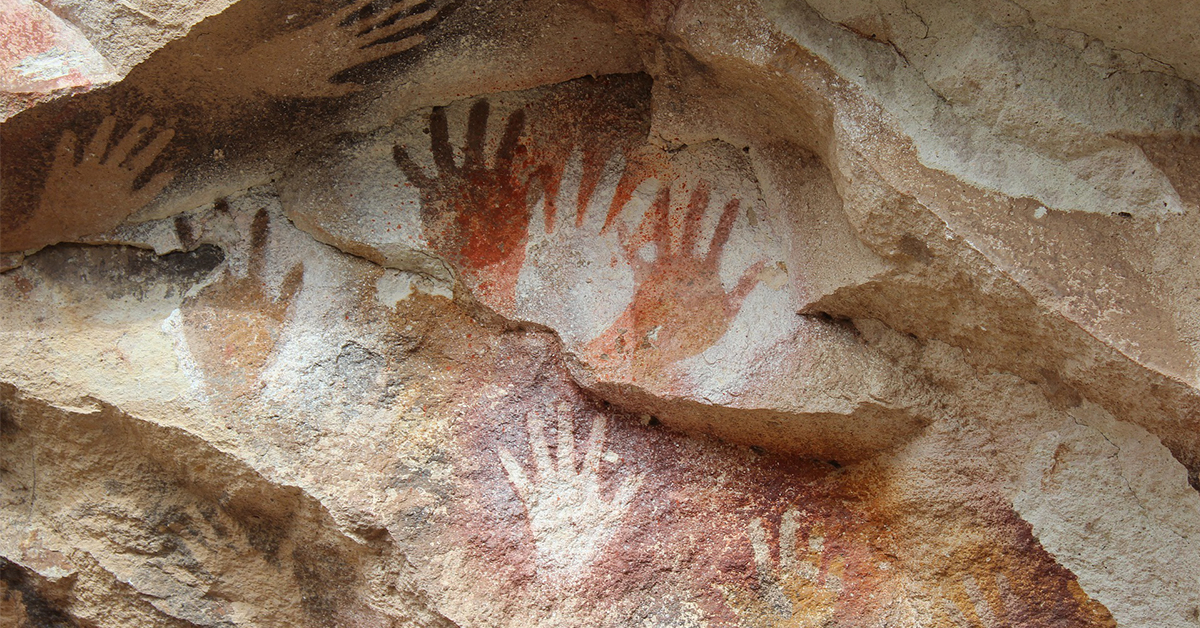Basque ethnography at a glance
Not all languages in the world use exact numbers. The Amazonian cultures Munduruku and Piranhã, for example, are anumeric, that is to say, instead of using words to express exact quantities, they use only general terms to indicate the ideas of ‘a few’ or ‘something’. The basic numbers in many languages are usually 5, 10 and 20, and it does not seem to be a coincidence that this fits with the number of the fingers of one hand, of both, or of the hands and feet.
Most Proto-Indo-European languages use a number system based on 10, called a decimal, such as Spanish. Basque, however, uses a bigesimal system, which has 20 as its base: hogei (20), berrogei (40, twice 20), hirurogei (60, three times 20)… This characteristic is shared, in addition to the French, which uses a mixed system between decimal and vigesimal, with Mayan and Uto-Aztecan languages. It seems that the Celts and Vikings also used a bigesimal system.
But what is the etymology of Basque numbers?
A curious fact is that Sabino Arana himself, in his short work Reforma de la numeración euzkérica, related most of the basic numbers to the fingers, but his explanations, although many of them have great linguistic intuition, lack the depth and rigor science necessary to be able to accept them as they are.
Koldo Mitxelena’s always learned contributions to this subject can be found, in addition to the Orotariko Euskal Hiztegia, in the publication Las etimologías vascas en la obra de Luis Michelena, provided by Juan José Arbelaiz. Koldo made us interesting proposals, the majority of which were accepted by later Basque scientists, although he generally limited himself to verifying, with the exception of small reconstructions, the oldest documented forms, with the caution that characterizes him.
Manuel Agud and Antonio Tovar, in their Diccionario etimológico vasco (unfinished), offer us a compilation of etymological proposals for numbers in Basque, by authors such as Bouda, Campión, Gavel, Lafón, many of which are based on the mere morphological similarity with words from other languages, and they move away, in the absence of deeper studies, from the field of scientific epistemology.
Lakarra opted for the path of linguistic reconstruction to make his proposal, and in his works Etymologiae, (proto)uasconicae LXV, and Haches, diptongos y otros detalles de alguna importancia, he presented us etymologies for the basic numbers, taking advantage of some form of previous authors, like Trask or Mitxelena. However, his proposals suffer, among other things, from a lack of semantic coherence between them, as criticized by Eduardo Orduña.
On the other hand, Ferrer i Jané has found an important similarity between the first ten numbers in Iberian and Basque, as stated in the article El sistema de numerales ibérico: avances en su conocimiento. Even with all the reservations that the Iberian poses to us –because it is a language that today we are capable of transliterating, but not of understanding, since we lack its Rosetta stone–, we can say that a new avenue of research is opening up for us, which may one day help us to better understand the relationship between Basque and Iberian.
Lastly, we come to Gómez-Acedo’s proposal, set out in his work Reconstruction of the Ancient Numeral System in Basque Language, on which I am going to spend a little more time, as this is the most plausible proposal at this time ―in my humble opinion―, in terms of integrity and coherence.
The key words in his approach are erhi (finger) and ahur (palm). According to this hypothesis, the ancient Basque system for designating numbers was based on the position of the fingers used to represent each number. Put very briefly, the numbers one and two would be one finger (*bada-eri>*bader*bade>bat: there is a finger), two fingers (*berr-eri>*berrei>*berri>*birri> *bi: another finger), but for the three, we would say that the fingers that are bent close to the palm are mentioned instead of those that are stretched, which in this case are two (*berri-eri-ahur> *birihur> irihur>hirur/hiru: two fingers in the palm of the hand); and in the case of four, it would be one that remains unstretched (*eri-ahur>*elahur>laur/lau: a finger in the palm of the hand); and so on, with various variants, up to 10 (*amahi-eri>*hamai-eri>*hamaeri>hamar: finished fingers).
To finish we will say that the word ‘digital’, which is so fashionable today, indirectly reminds us that the ancestral origin of our numbers is in our fingers.
Joseba Santxo
Philologist and researcher
Translated by the author


